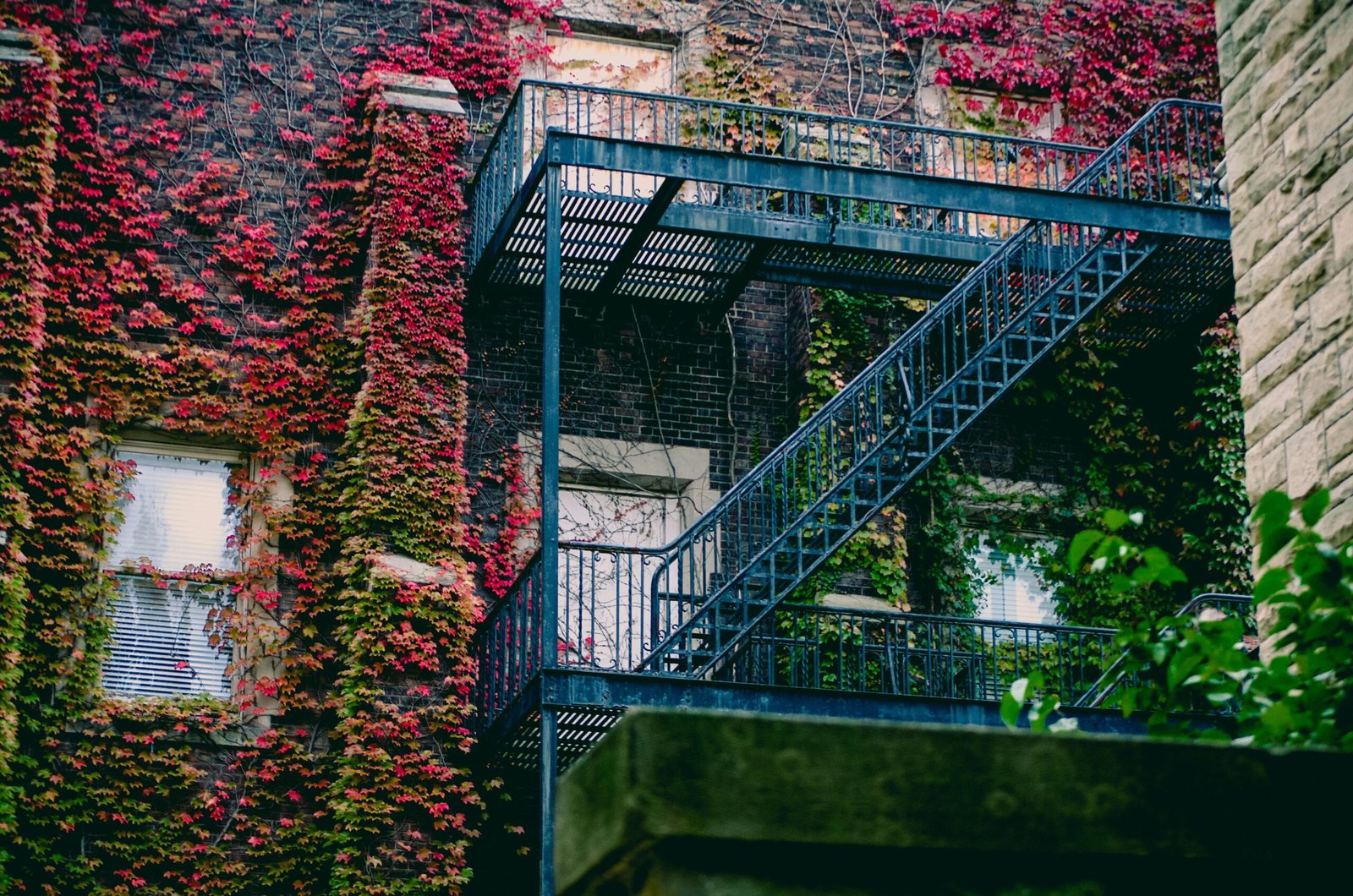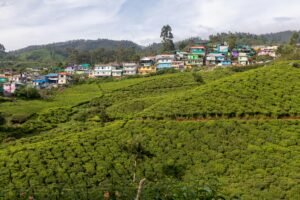Introduction
As urban centers around the world continue to grow and evolve, the demand for versatile and efficient housing solutions has never been greater. Multi-family homes, offering a range of living arrangements within a single building or complex, are emerging as a key solution to this challenge. Combining practicality with community-oriented design, multi-family homes are reshaping the landscape of modern living. This article delves into the benefits, types, and trends associated with multi-family homes, highlighting their role in contemporary urban development.
Understanding Multi-Family Homes

Multi-family homes are residential buildings designed to house multiple separate families or individuals within individual units. These units can range from apartments and duplexes to larger complexes with hundreds of units. Unlike single-family homes, multi-family properties share common areas such as hallways, recreational spaces, and utilities, fostering a sense of community among residents.
Types of Multi-Family Homes
- Duplexes and Triplexes: These are buildings that contain two or three separate units, typically side-by-side or stacked. Each unit has its own entrance and amenities, providing a balance between shared living and privacy.
- Townhouses: These are multi-story homes that share one or two walls with adjacent properties. Townhouses often feature private entrances and small yards, blending aspects of single-family homes with communal living.
- Apartment Buildings: Ranging from small buildings with a few units to high-rise towers with hundreds of apartments, these buildings are the most common type of multi-family housing. They offer a variety of unit sizes and layouts, catering to diverse needs and preferences.
- Condominiums: Similar to apartments, condominiums are individual units within a larger building or complex. However, unlike rental apartments, condos are owned by the residents, often leading to a more stable and invested community.
- Co-housing Communities: These intentional communities consist of private homes clustered around shared spaces such as kitchens, dining areas, and gardens. Co-housing emphasizes social interaction and collective decision-making, fostering strong communal bonds.

Benefits of Multi-Family Homes
- Efficient Use of Space: Multi-family homes maximize the use of limited urban space, accommodating more residents within a smaller footprint compared to single-family homes. This density is crucial for sustainable urban development.
- Affordability: Sharing land and infrastructure costs among multiple units makes multi-family homes more cost-effective for developers and, consequently, more affordable for residents. This affordability can help address housing shortages in high-demand areas.
- Community and Social Interaction: Multi-family living promotes social connections and a sense of community. Shared amenities such as gyms, gardens, and lounges encourage interaction among neighbors, enhancing the overall living experience.
- Energy Efficiency and Sustainability: Multi-family homes can be more energy-efficient than single-family homes due to shared walls and communal systems for heating, cooling, and water. Additionally, they often incorporate green building practices and technologies to reduce environmental impact.
- Convenience and Amenities: Many multi-family buildings offer a range of on-site amenities such as laundry facilities, parking, and recreational areas. These conveniences enhance the quality of life for residents and can make urban living more attractive.
Trends in Multi-Family Housing

- Mixed-Use Developments: Integrating residential units with commercial, retail, and office spaces, mixed-use developments create vibrant, self-sustaining communities. Residents benefit from easy access to shops, restaurants, and workplaces.
- Sustainable Design: Green building practices, including energy-efficient systems, renewable energy sources, and sustainable materials, are increasingly common in multi-family housing. Developers and residents alike are prioritizing sustainability to reduce environmental impact.
- Smart Home Technology: The integration of smart home features such as automated lighting, climate control, and security systems is becoming standard in modern multi-family homes. These technologies enhance convenience, security, and energy efficiency.
- Co-Living Spaces: Especially popular among young professionals and students, co-living spaces offer private bedrooms with shared common areas. This arrangement provides affordability and social interaction while maintaining individual privacy.
- Adaptive Reuse: Converting existing buildings, such as warehouses and factories, into multi-family homes is a growing trend. This approach preserves historic architecture and reduces the environmental impact of new construction.
Conclusion
Multi-family homes represent a dynamic and adaptable solution to the challenges of urban living. By efficiently utilizing space, promoting affordability, and fostering community, these residences are poised to play a crucial role in the future of housing. As urban populations continue to rise, the evolution of multi-family homes will be essential in creating sustainable, vibrant, and inclusive cities














